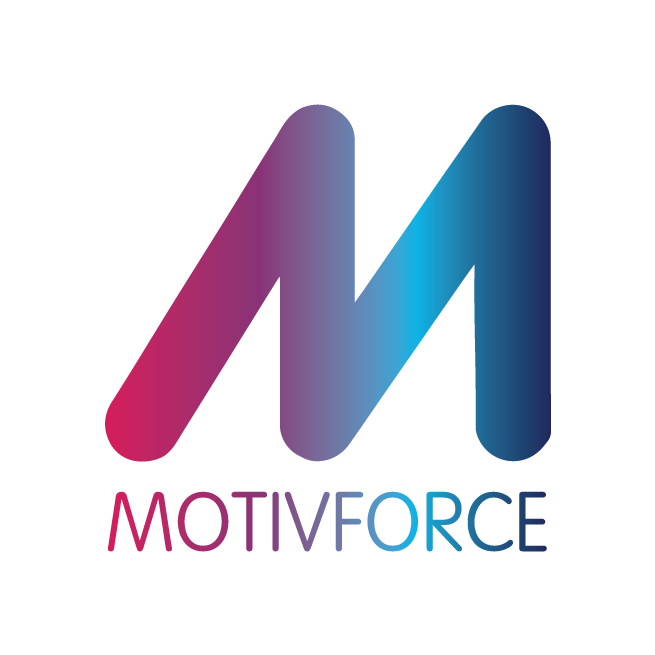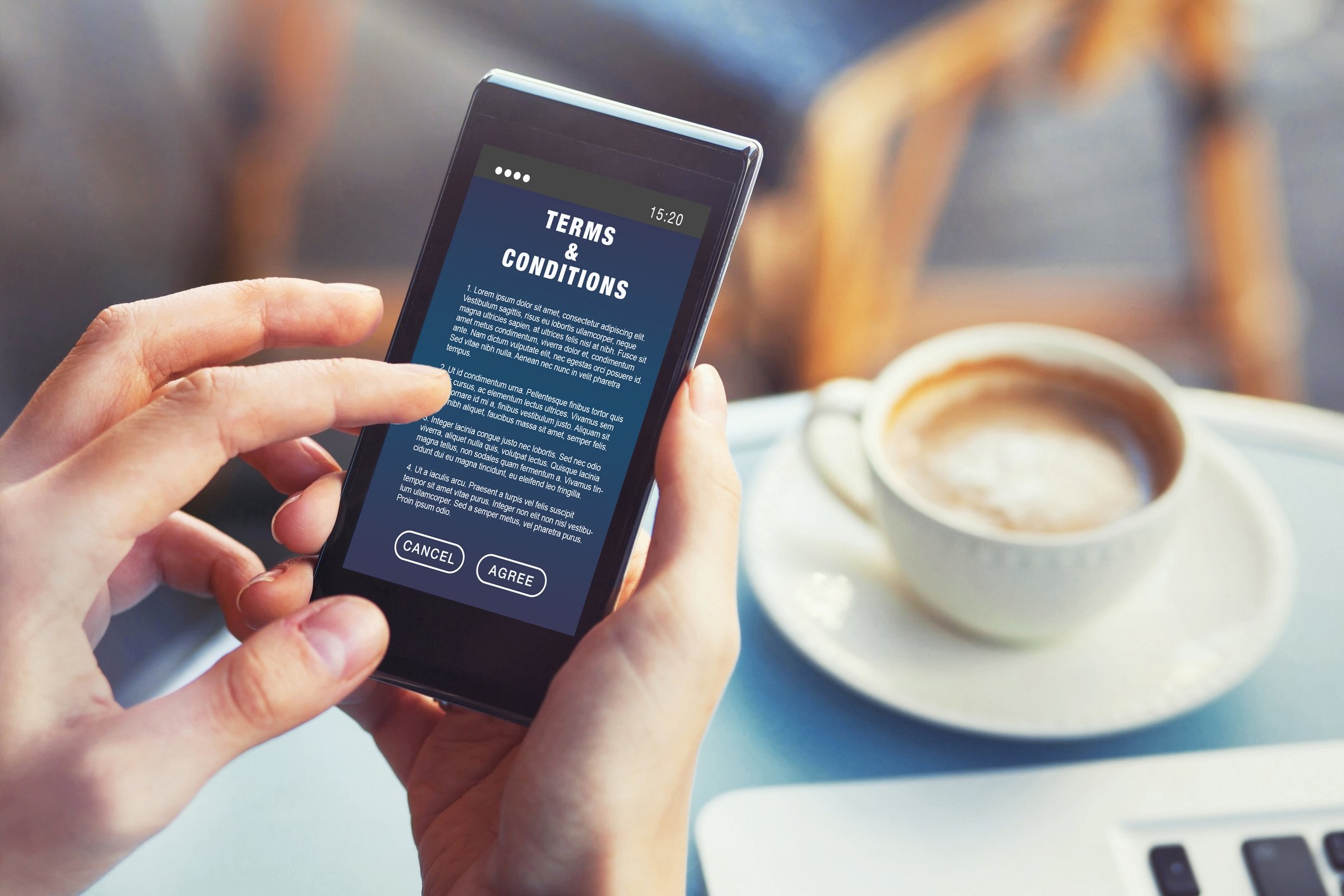WTF - no it’s WFH
When companies face the prospect of Working From Home (WFH) the first expletive by many forced to do so is usually WTF! As Covid-19 grips the planet and forces most of us into social distancing and self-isolation, a new vocabulary is not the only thing we’re finding ourselves having to adopt. Many organisations are now facing the prospect of forcing their employees to WFH. As the economy is still open and trading, many of us need to adopt this new paradigm in order to survive this challenging period.
At Motivforce we have been WFH for the past 10 years with staff - from tech to help desk and account management to accounting - in 13 countries communicating across 9 languages providing a follow-the-sun 24-hour service to our local and global clients – and we’ve won multiple awards in the process. Whilst we don't profess to be leading experts in management science on remote working, given our success in WFH, we thought we’d take a moment to share what works for us in the hope that it will help you WFH. Our team compiled this video to share their own tips and we also add a few more below so take a look and see what may work for you and your team.
Environment
Successful WFH requires a dedicated space to be effective. We have seen employees fail when they attempt to work from home particularly if they try to work in common areas. Understandably this is a huge challenge for some as their living arrangements may not afford them a dedicated office. However, finding a place that is away from interactions with other house members is key to being effective whilst working remotely. Some of our team have converted the garden shed into an office, or set up a space in the garage, converted an unused bedroom or invested in a desk for their bedroom that can be folded away when not in use so they don’t face work the minute they wake up.
Communication
So, when we do communicate, we need to ensure we have an always-open channel. In other words the virtual office door always needs to be open. The use of instant chat (for quick questions) and video (for longer individual or group discussions) is critical. We have a rule that all meetings and conversations over one minute must have the video on so we can monitor body language, minimise distractions and ensure that there is still a bond of connectedness. This is extremely important when dealing with different countries where English is not the primary language.
Management style
For many managers this is the most difficult paradigm. To effectively manage your team working from home you need to move from a supervisory perspective to an output perspective. Managers need to stop worrying about whether their employees are watching television, using social media and other “non office activities” and focus on output. My approach is to simply state to my team that as long as the deadlines are met and the client is delighted, then I am not concerned as to the number of hours or when they work. I am only focussed on ensuring the agreed output is delivered each week or month. Clearly this approach is not suitable for all industries, or all staff (requiring a level of maturity and self-discipline) – however managers will need to adapt to this new paradigm by being output-focused as opposed to focussing on supervising/policing
Discipline – plan your day!
The most common feedback we get from those working from home is procrastination. This due to the fact that we are working in a familiar non-work environment that we associate with unfinished tasks. Many of use are tempted to do unfinished housework, fix long-standing repairs, go to the gym or simply get easily distracted, as we are not in a familiar structured work environment. The key to this is to structure your day and plan when to take breaks (to do all the outstanding home based tasks) and when to work to complete business assignments. You will find that daily planning will take a greater level of importance compared to being in the work office.
Giving some structure to the working week is helpful for both management and employees, alike. So, we schedule weekly 1:1 and team WIP calls. That way everyone has a deadline or goal to work towards if something is required by the next call and a structure around which to plan their time. It also enforces a minimum level of communication between team members and across different departments. This is good for accountability, ensuring nothing falls through the cracks and providing support for each other making it great for morale too.
Just a word of warning – when planning you will need to also share your plan with your family and house mates. You will need to be stringent regarding when you can socialise and when you need to work. We have had many instances where employees report that their partner or kids think that being home is like being on holidays, and they are loaded up with various non-work and leisure activities. The joy of WFH is that you can blend your home based activities and your work activities and to a large extent often become more productive. However it needs to be the right balance and rigorous planning and discipline can only achieve this.
WFH Infrastructure
For any successful WFH sabbatical, you need to have the right infrastructure. This means good Wifi connection, access to the suite of communication tools (G-suite, Zoom, Skype etc), to cloud-based files for collaboration and firewalls that allow remote access for employees. Many times we have seen associates experience a horrid start to a WFH period as the technical infrastructure was not right to allow for maximum productivity and output. Just taking a laptop home, plugging it in and hoping for the best will not deliver the benefits of working from home.
Whilst this is not a complete checklist to ensure a successful WFH experience, and indeed there are many industry specific challenges that also come into play which make it more difficult for some firms than others, these are the most common ones that organisations need to get right to ensure their WFH experience is a successful one. There are many advantages to working from home – too numerous to mention here but among which are lower carbon miles and cost savings. Who knows if it works for you – could it be your new normal?
Recommended further reading:
How to build and sustain a remote culture by Jordan Davidson















